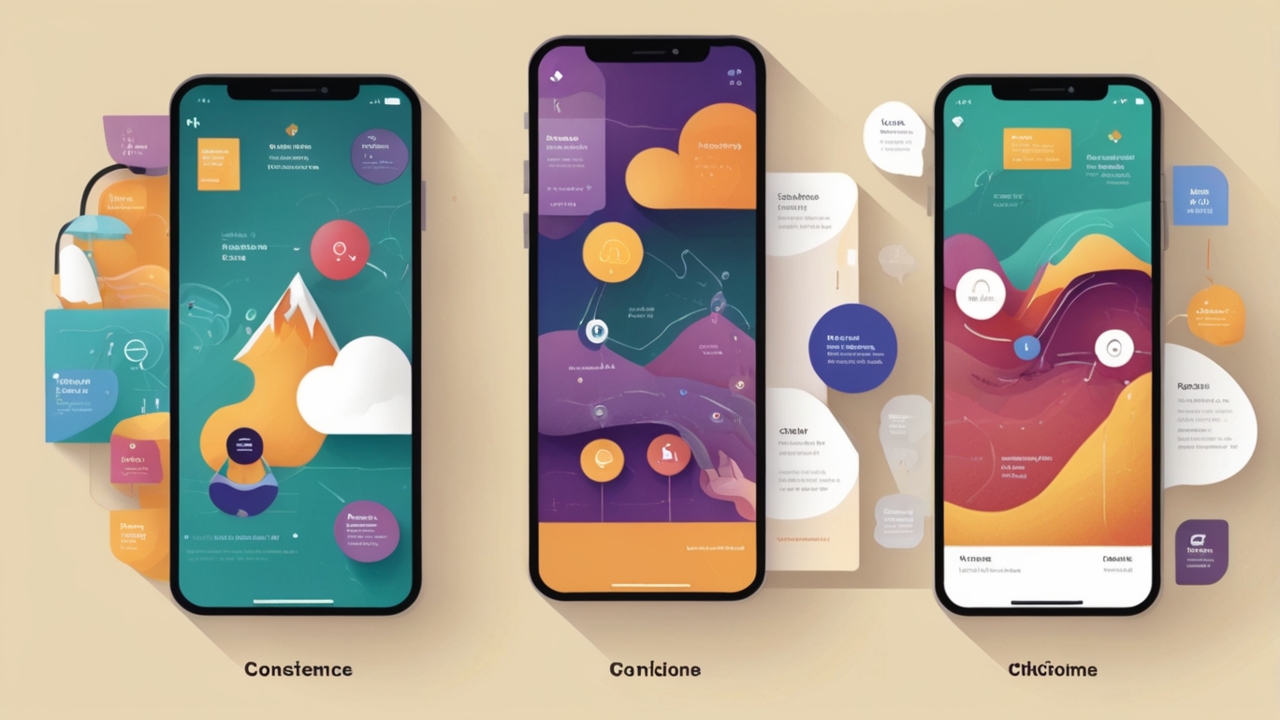Mayumiotero – The evolution of display technology has always mirrored human progress from bulky CRT monitors to sleek OLED panels. Yet, the next revolution is already unfolding quietly under the microscope, driven by nanotechnology. This science of manipulating materials at the atomic and molecular level is redefining what’s possible in visual display design. With it, we’re entering a world where screens are not just thin and flexible but also smarter, lighter, and more energy-efficient than ever before.
As someone fascinated by the intersection of science and design, I see nanotechnology not merely as an upgrade but as a transformation of how we interact with visual information.
“Read also: Anthropic’s Google TPU Deal Signals a New Era for Enterprise AI Infrastructure“
Understanding the Core of Nanotechnology
At its essence, nanotechnology deals with structures that are less than 100 nanometers wide so small that 1,000 of them could fit within the thickness of a human hair. In display engineering, this means working with nanomaterials like carbon nanotubes, graphene, and quantum dots. Each of these materials exhibits remarkable electrical and optical properties that far exceed those of traditional semiconductors.
By integrating these nanostructures into display panels, manufacturers can achieve unprecedented control over light, color, and flexibility. It’s a delicate balance between physics and art a fusion that’s driving the future of visual experiences.
From Quantum Dots to Graphene: The Materials Behind the Magic
If nanotechnology is the mind behind the innovation, nanomaterials are the hands that bring it to life. Quantum dots, for instance, are tiny semiconductor particles that emit pure, vibrant colors when exposed to light. They’re already revolutionizing LED and QLED TVs by enhancing brightness and color accuracy.
Meanwhile, graphene a single layer of carbon atoms arranged in a honeycomb lattice is redefining flexibility. It’s 200 times stronger than steel yet thinner than paper, allowing for bendable, foldable, even rollable displays. I believe it’s only a matter of time before this material becomes as common in consumer electronics as glass once was.
Ultra-Thin Designs: The End of Bulky Screens
One of the most immediate benefits of nanotechnology in displays is the ability to produce ultra-thin designs. Traditional displays rely on multiple layers of glass and polymers, but nanomaterials allow for more compact configurations without sacrificing performance.
Manufacturers can now create displays that are less than a millimeter thick, all while maintaining stunning clarity and durability. Imagine a smartphone that feels like a sheet of paper or a television that mounts seamlessly against your wall. This isn’t science fiction anymore it’s a glimpse of what nanotechnology is already making possible.
Flexibility That Redefines Portability
The concept of flexible displays has long fascinated both engineers and consumers. Thanks to nanotechnology, it’s no longer a prototype it’s production-ready. Nanowires and graphene layers allow circuits to maintain conductivity even when bent or folded.
From rollable tablets to wearable smart fabrics, flexibility opens up entirely new categories of devices. It’s not hard to envision a future where newspapers, posters, or even clothing integrate dynamic, full-color displays. The convergence of technology and design will change not only what screens look like but where and how we use them.
Energy Efficiency: Bright Displays with Low Power Consumption
Another underrated advantage of nanotechnology is energy efficiency. Conventional displays waste a significant portion of light and heat during operation. Nanomaterials, on the other hand, optimize light emission and conductivity, reducing energy consumption by up to 30–40%.
Quantum dots, for example, produce highly efficient light spectra, minimizing wasted energy while delivering richer visuals. This makes them ideal for eco-friendly devices and sustainable manufacturing a priority in the age of green technology. In my view, this balance between performance and sustainability is what will define the next generation of tech innovation.
Durability and Longevity: A New Standard for Screens
Beyond flexibility and efficiency, nanotechnology brings another critical advantage durability. Nanocoatings can make screens more resistant to scratches, fingerprints, and even water damage. By integrating nanostructured materials, displays become more resilient against impact without compromising on weight or clarity.
In real-world use, that means smartphones that last longer, TVs that maintain their brilliance for years, and wearables that can endure harsh conditions. As a tech enthusiast, I find this shift toward longevity a refreshing change from the disposable culture that often dominates modern gadgetry.
“Read also: OpenAI Transforms ChatGPT into a Custom Enterprise Analyst by Connecting to Company Data“
The Role of Nanotechnology in Augmented and Foldable Displays
Looking ahead, nanotechnology will play a pivotal role in emerging display trends such as augmented reality (AR) and foldable devices. AR glasses, for instance, demand transparent yet high-resolution displays that can project vivid images directly onto the lens. Nanomaterials make this achievable by combining optical clarity with micro-level light control.
Similarly, foldable devices rely on nanoscale engineering to maintain pixel precision even when repeatedly bent. As someone who’s watched the evolution of mobile design closely, I believe these innovations mark the dawn of a new interaction era where technology adapts seamlessly to human form and movement.
Challenges and the Road Ahead
Of course, every revolution comes with challenges. Large-scale manufacturing of nanomaterials remains complex and costly. Maintaining uniformity and stability at such microscopic scales requires advanced equipment and expertise. Moreover, questions around recyclability and safety of nanoparticles still need deeper exploration.
Yet, progress in nanofabrication and material science continues to accelerate. With research investments from tech giants and universities worldwide, these challenges are likely to become stepping stones rather than barriers. The key lies in collaboration between scientists, designers, and engineers to ensure innovation remains both sustainable and accessible.
Nanotechnology and the Future of Visual Experiences
The integration of nanotechnology in display screens marks a defining moment in technological history. It’s transforming not just how screens look, but how they function, how they feel, and how they fit into our lives. Ultra-thin, flexible, energy-efficient these are no longer futuristic dreams but tangible realities shaped by atomic precision and creative vision.
The beauty of nanotechnology lies in its dual nature: invisible to the naked eye, yet profoundly visible in its impact. As we move forward, it will continue to blur the line between science and art, reshaping how humanity sees quite literally the world around it.



